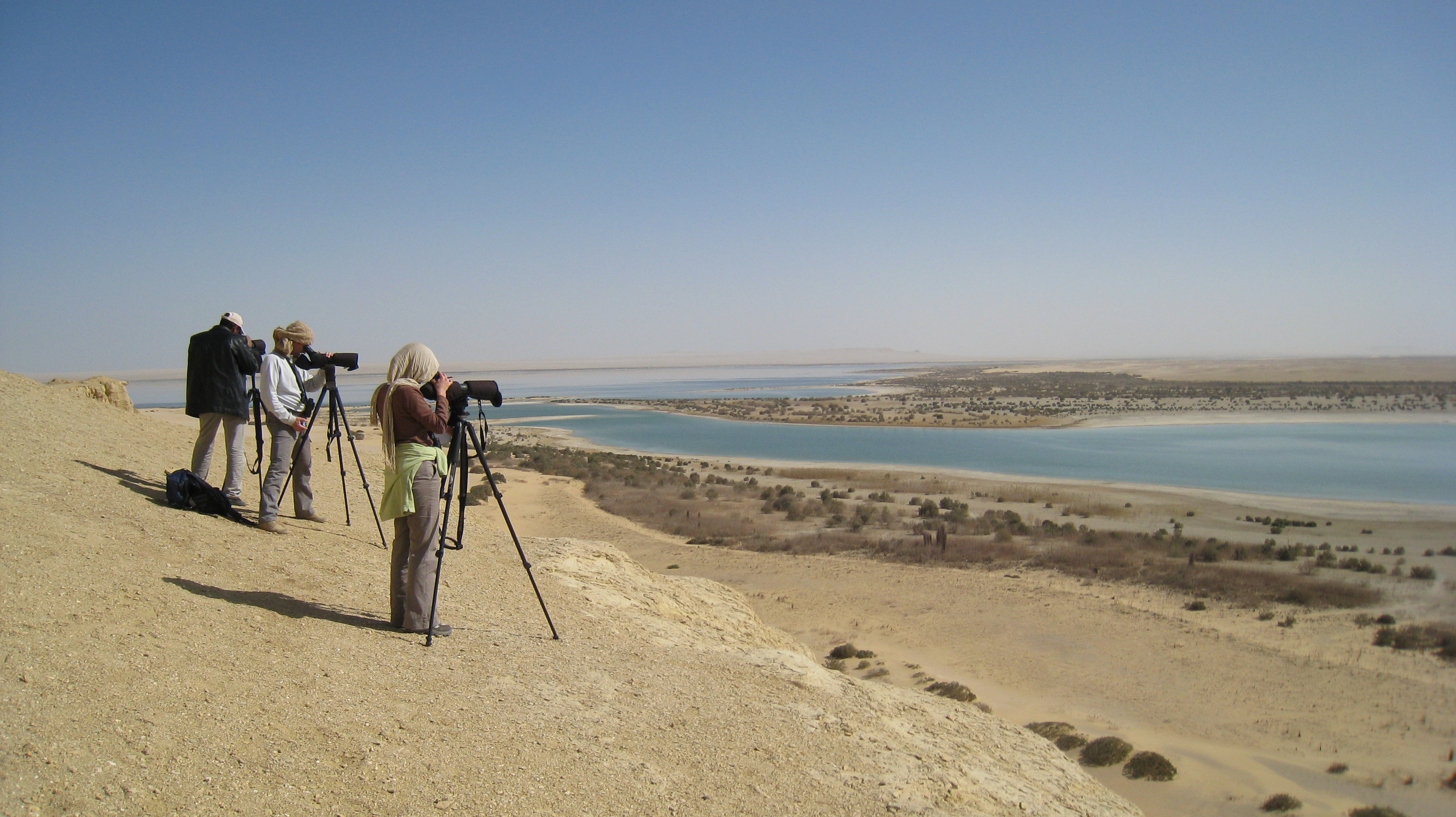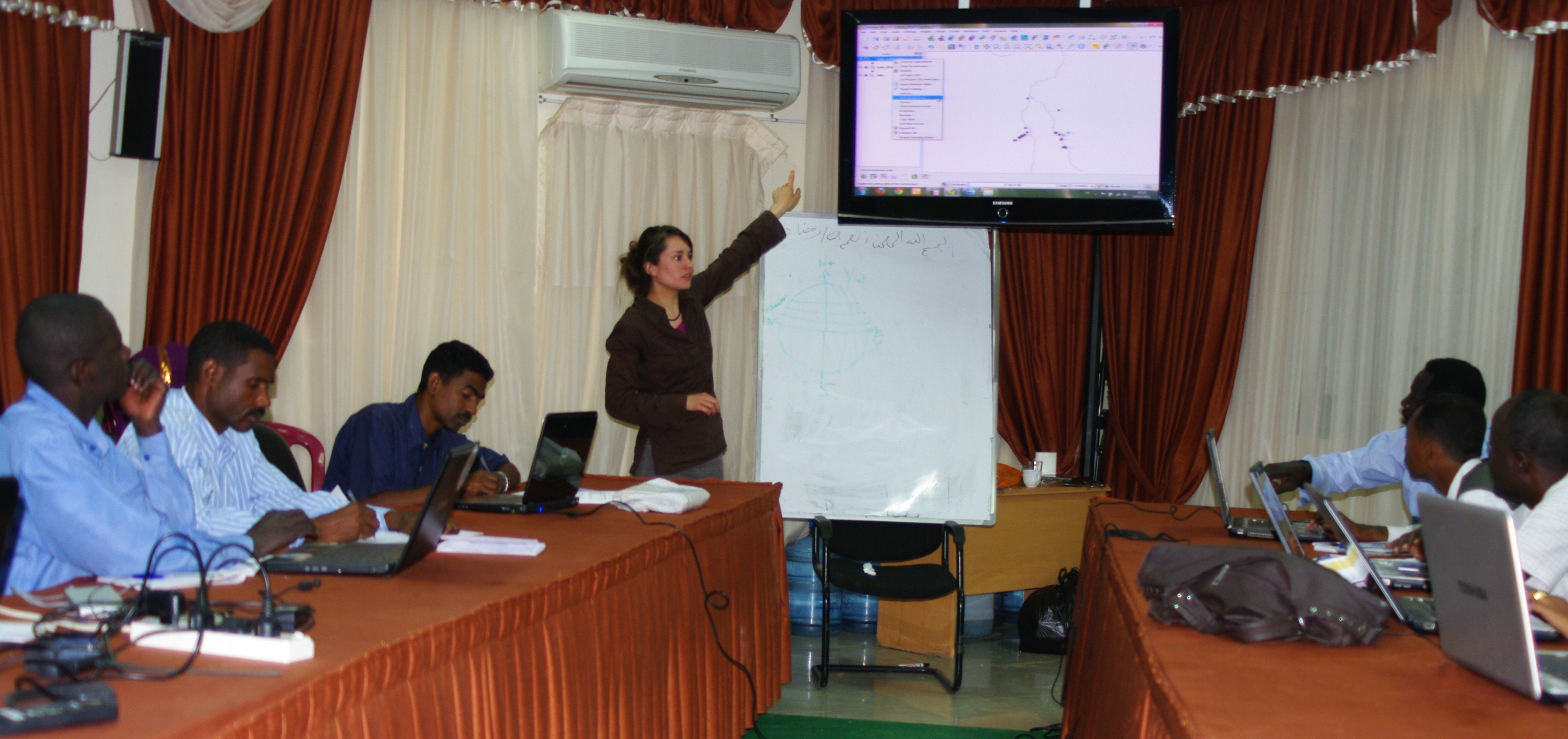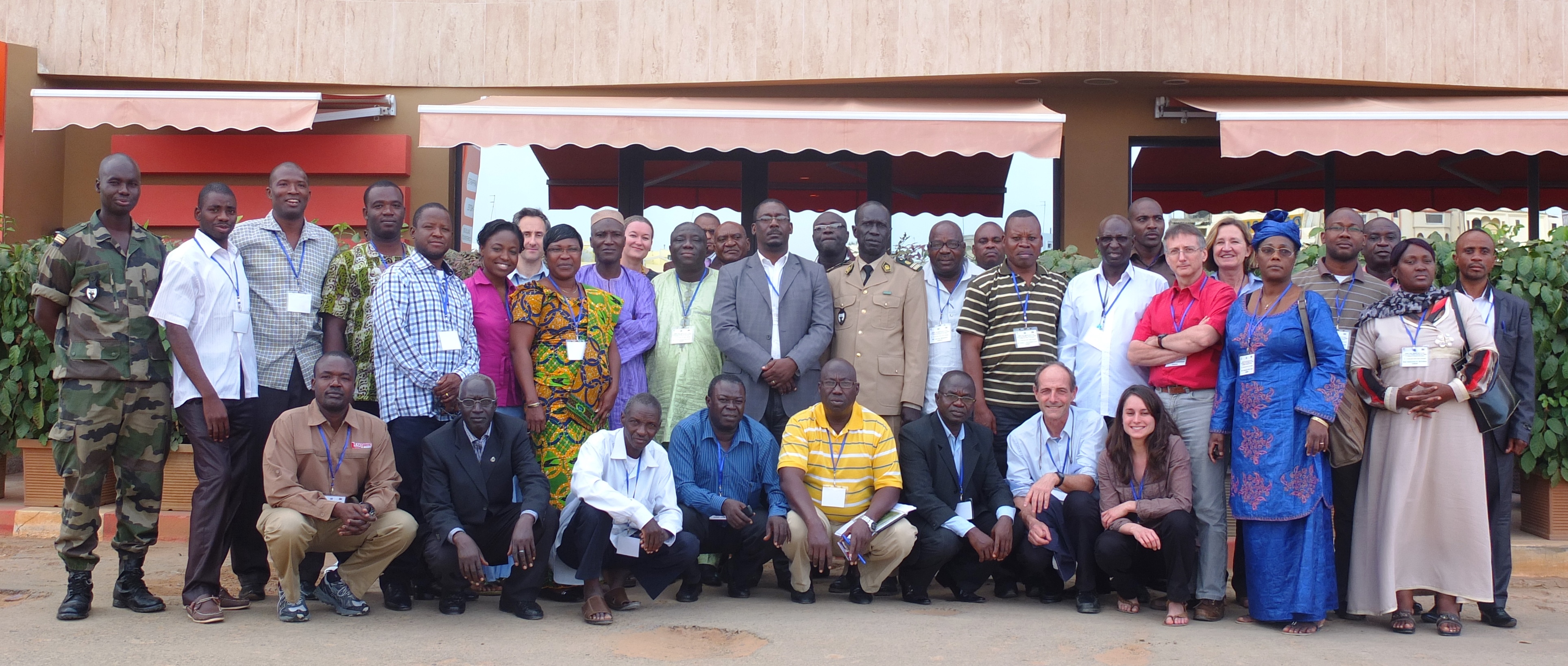
The AEWA (African-Eurasian Waterbird Agreement): an international treaty for the monitoring and protection of migratory waterbirds
The AEWA is an intergovernmental treaty for the protection of 255 species of migratory waterbirds and their habitats in Africa, Europe, the Middle East, central Asia, Greenland and the Canadian Archipelago. Drafted within the framework of the Convention on Migratory Species (CMS) and administered by the United Nations Environment Programme (UNEP), the AEWA brings together countries and a large part of the international conservation community, in an effort to establish coordinated monitoring and management of migratory waterbirds throughout their African and Eurasian migratory ranges. In force since 1999 (more than 13 years), this agreement would benefit from additional contributions from its contracting parties so as to facilitate its implementation, particularly in Africa.
The African Initiative and its Technical Support Unit (TSU)
The entire African continent is part of the area covered by this agreement. However, more than half of the countries there have not yet ratified the AEWA, and even in the States that have, the means are often inadequate for applying it effectively. Today, it is therefore necessary to promote the implementation of this agreement in this part of the world by means of the strategic African Initiative. The AEWA Contracting Parties recognised this necessity at the 5th Meeting of the Parties (MOP5) in May 2012 in La Rochelle (France) by adopting a resolution for more effectively applying the African Initiative, and by creating a Technical Support Unit for it, which will be given assistance by France.
Within the framework of this resolution, the Water and Biodiversity Directorate of the French Ministry of Ecology, Sustainable Development, and Energy (MEDDE) formally invited the Tour du Valat to host and co-facilitate this TSU in conjunction with the French National Hunting and Wildlife Agency (ONCFS). This new programme co-developed by the Tour du Valat includes the North African part of its support programme for International Waterbird Censuses (IWCs) and for the conservation of wetlands in the Mediterranean basin.
IWCs are organised internationally by Wetlands International, and constitute a simple and effective tool for determining the relative importance of wetlands for waterbird conservation. They enable trends in waterbird populations and the conservation status of wetlands to be assessed, and conservation priorities to be identified. Most of the birds concerned by these censuses are migratory species, which explains why regional and international coordination of IWCs is necessary, particularly in terms of developing the capacity of national networks of observers and processing and sharing the data gathered. IWC results can therefore be used directly to apply the AEWA more effectively.
A memorandum of understanding was signed in July 2013 by the Water and Biodiversity Directorate (DEB), the French Ministry of Ecology, Sustainable Development, and Energy MEDDE, and the National Parks Administration of the Senegalese Ministry of the Environment and Nature Protection. It entails the appointment of a technical coordinator in Africa in the TSU, which now includes four technical partners (DPN, DEB (in French), ONCFS (in French), and the Tour du Valat) from two countries (Senegal and France).
The TSU’s principal objective is to help the African Parties implement the AEWA action plan for Africa from now until the 6th Meeting of Parties (MOP6) in 2015. This assistance includes:
- Identifying, creating, and promoting synergies between existing waterbird monitoring programmes (IWCs and other kinds of monitoring);
- Participating directly in field surveys with African partners;
- Improving the inventories of wetlands of national and international importance;
- Helping to create and distribute concrete examples of training materials;
- Developing tools for communicating between local, national, and international stakeholders (creating new tools and translating already existing ones);
- Organising training sessions for identifying and counting waterbirds, and processing these data;
- Capitalizing on monitoring data to improve the conservation of sites and species.

Sub-regional meetings and launch of the Action Plan for Africa
For 2013, the AEWA Secretariat and the TSU have agreed to organise three sub-regional meetings (Northern Africa, Central and Western Africa, and Eastern and Southern Africa) in order to define the priority actions in each sub-region, and to elect a sub-regional representative from among the AEWA National Focal Points. The Sub-regional Focal Points will be given the task of facilitating the implementation of the plan of action for Africa in their sub-region, with support from National Focal points, the AEWA Secretariat, and the TSU.
The first such meeting, focusing on North Africa, was held in El Kala (Algeria) in June 2013. It was organised by the Algerian Directorate of Forests (in French) in partnership with the El Kala National Park, the TSU, and the AEWA Secretariat, with support from the MEDDE (in French), and the MAVA Foundation. Each North African country presented its priorities and a synopsis was made of each objective. Objective 3 in the AEWA Plan of Action for Africa, which is focused on species monitoring, proved to be the priority in this sub-region, and the following priority actions were set to achieve this objective:
1) Building capacity in the national networks (training for trainers and observers, observation equipment, etc.);
2) Strengthening the regional coordination in order to set up databases, and analyse and publish data;
3) Improving the coverage of wetlands by observers and waterbird monitoring.
Dr Ammar Boumezbeur, the AEWA’s National Focal Point in Algeria and a member of the AEWA Standing Committee, was elected Sub-regional Focal Point for Northern Africa.
Meanwhile, the meeting for Eastern and Southern Africa was held in Cape Town, South African on the 27 and 28 October 2013. It was attended by representatives from 11 countries. The working groups gathered there designated the same priority objectives for the two regions: setting up management plans for the key sites, and improving the quality and quantity of data on waterbird populations. In addition, M. Barirega Akankwasah, the AEWA Focal Point from Uganda and Vice-President and Regional Representative to the AEWA Standing Committee, and Mr. Wisdom Dlamini, who represented the AEWA Focal Point for Swaziland, were elected African Sub-regional National Focal Point Coordinators for Eastern and Southern Africa.
Finally, the meeting for Western and Central Africa took place in Dakar, Senegal from 11 to 15 December 2013, and was organised by the Senegalese National Parks Administration and the TSU, with support from the French Ministry of Ecology and the AEWA Secretariat.
 The priorities established for Western Africa were to identify key sites for migratory waterbirds, set up conservation awareness-raising programmes, and improve the quality and quantity of IWC data for Africa. In addition, Ms. Germaine Ouedraogo, the AEWA National Focal Point from Burkina Faso, was designated Sub-regional National Focal Point Coordinator. For Central Africa, the priority actions defined were to improve the quality and quantity of IWC data for Africa, set up management plans on key sites, and adopt and implement legislation to protect priority species. Mr. Bockandza-Paco, the AEWA National Focal Point from Congo, was designated Regional Coordinator.
The priorities established for Western Africa were to identify key sites for migratory waterbirds, set up conservation awareness-raising programmes, and improve the quality and quantity of IWC data for Africa. In addition, Ms. Germaine Ouedraogo, the AEWA National Focal Point from Burkina Faso, was designated Sub-regional National Focal Point Coordinator. For Central Africa, the priority actions defined were to improve the quality and quantity of IWC data for Africa, set up management plans on key sites, and adopt and implement legislation to protect priority species. Mr. Bockandza-Paco, the AEWA National Focal Point from Congo, was designated Regional Coordinator.
The establishment of priorities at these three meetings should enable regional projects to be conceived for implementing the AEWA Plan of Action for Africa. The identification of donor agencies and other already existing programmes within the regions will enable regional projects to be conceived and presented to potential donor agencies.
Contact of the Technical Support Unit (TSU) : Clémence Deschamps